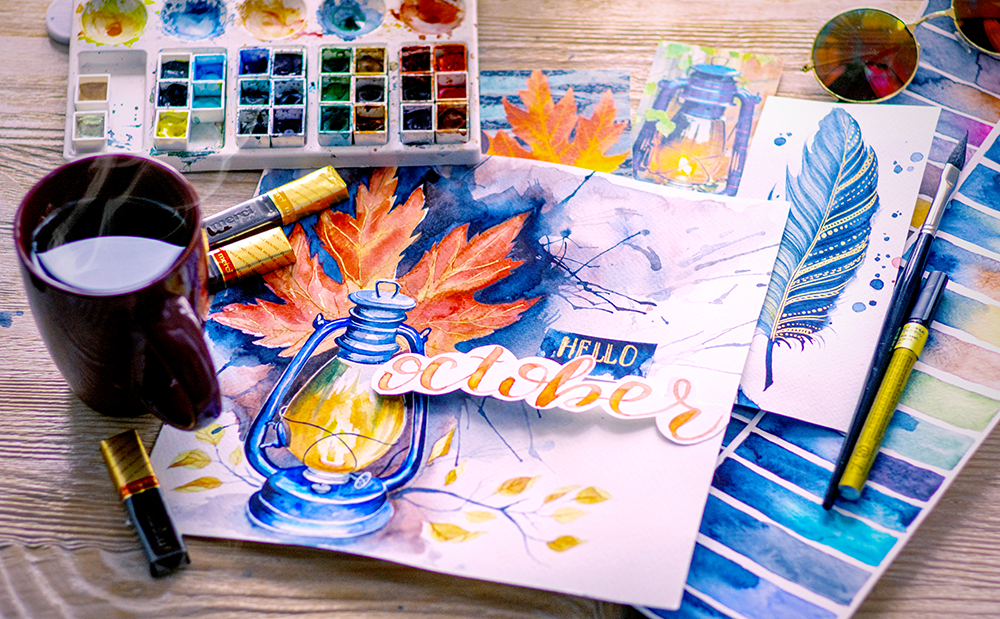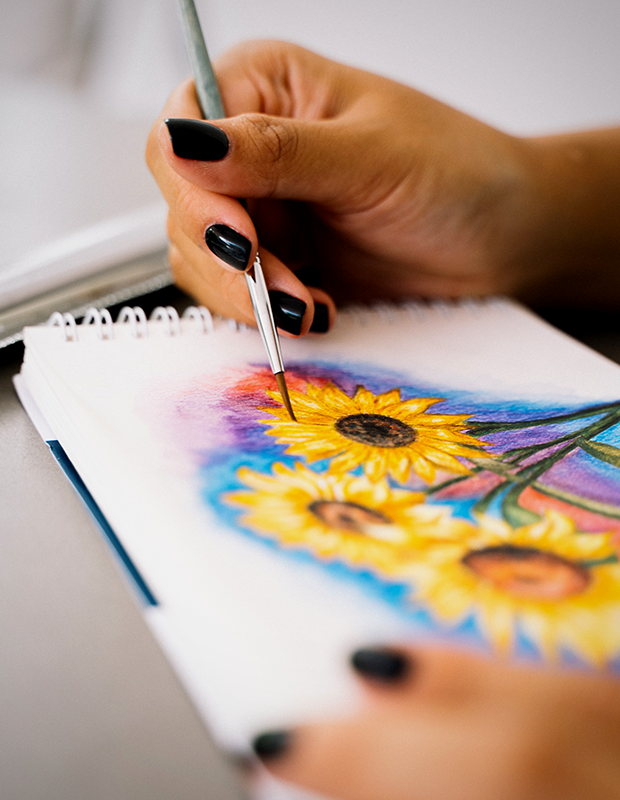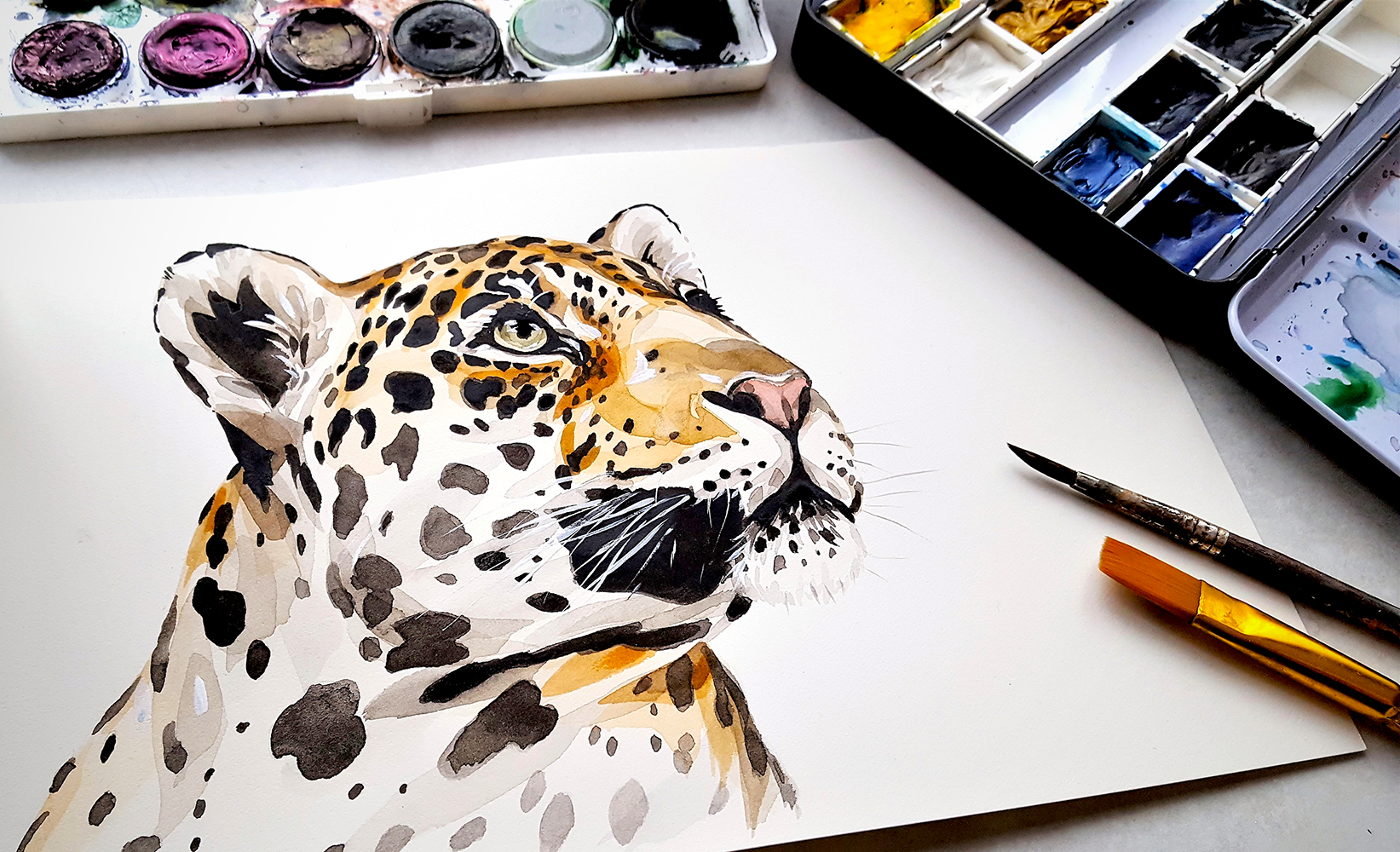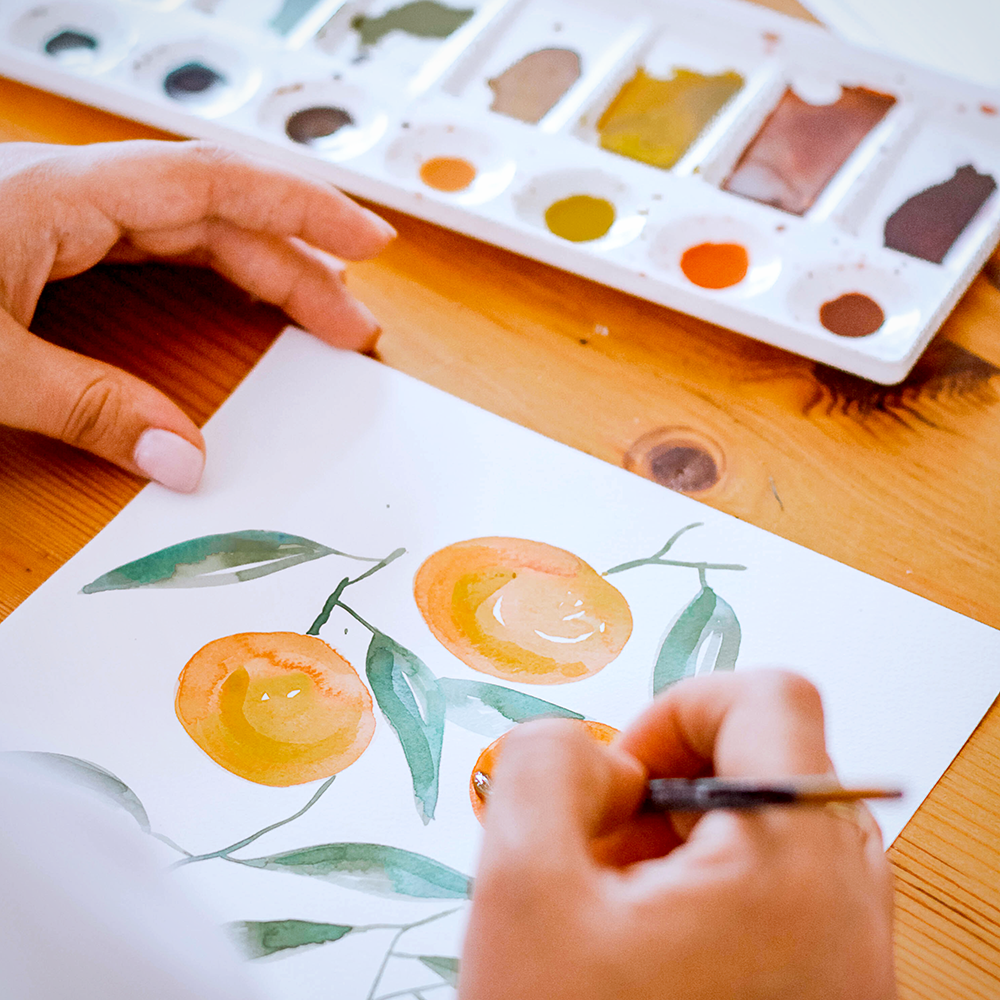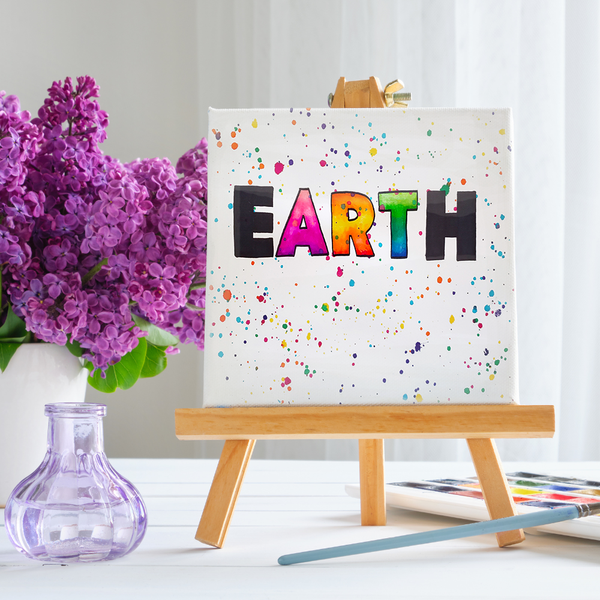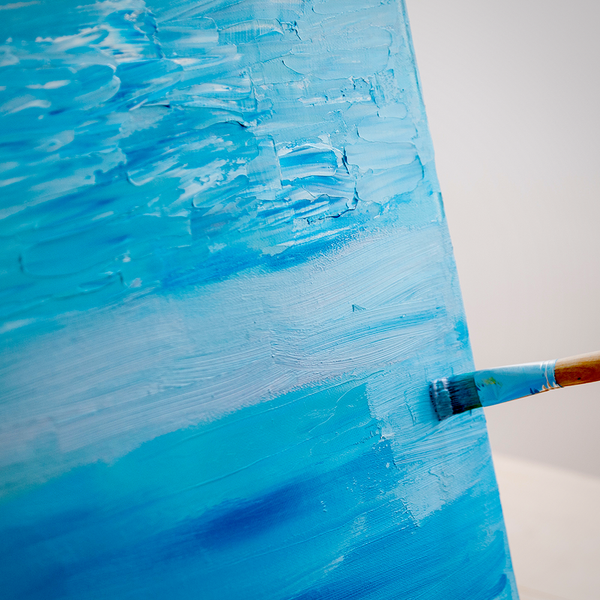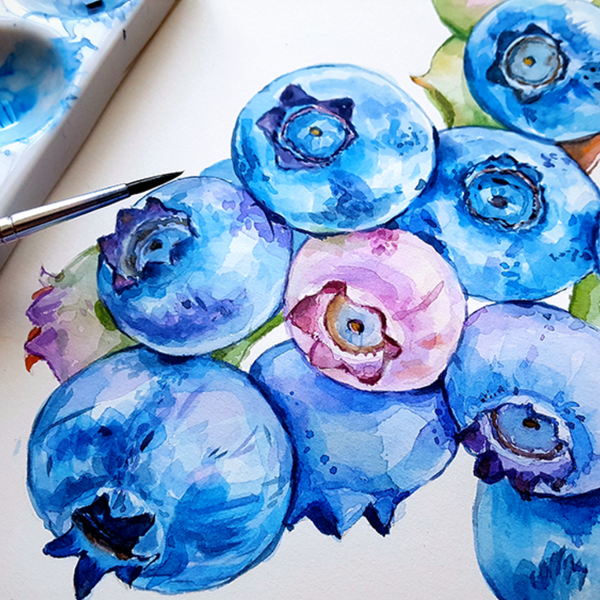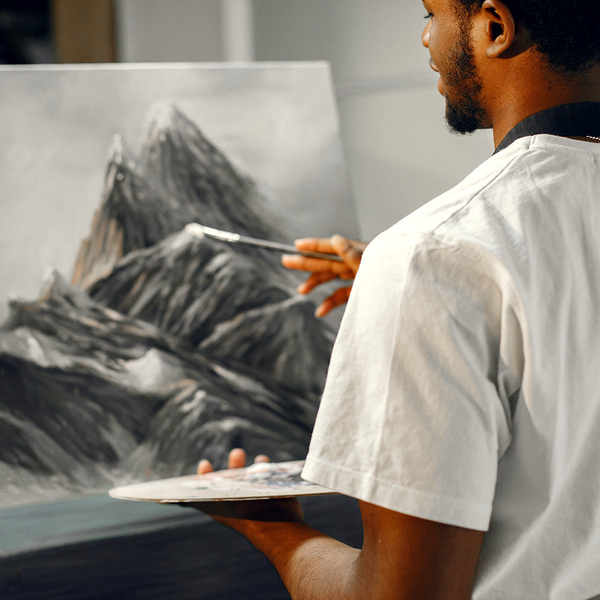Do you want to start painting but don't know where to begin?
When you're creating a work of art, it's important to choose the right colors to express your vision.
But with so many different shades and hues to choose from, it can be tough to know where to begin.
Luckily, there are a few simple tips you can follow to help you select the perfect paint colors for your next project.
In this post, we will go over the basics of choosing colors for your paintings.
Whether you are a beginner or an experienced artist, these tips will help you create beautiful pieces of art.
So, grab your paints and let's get started!
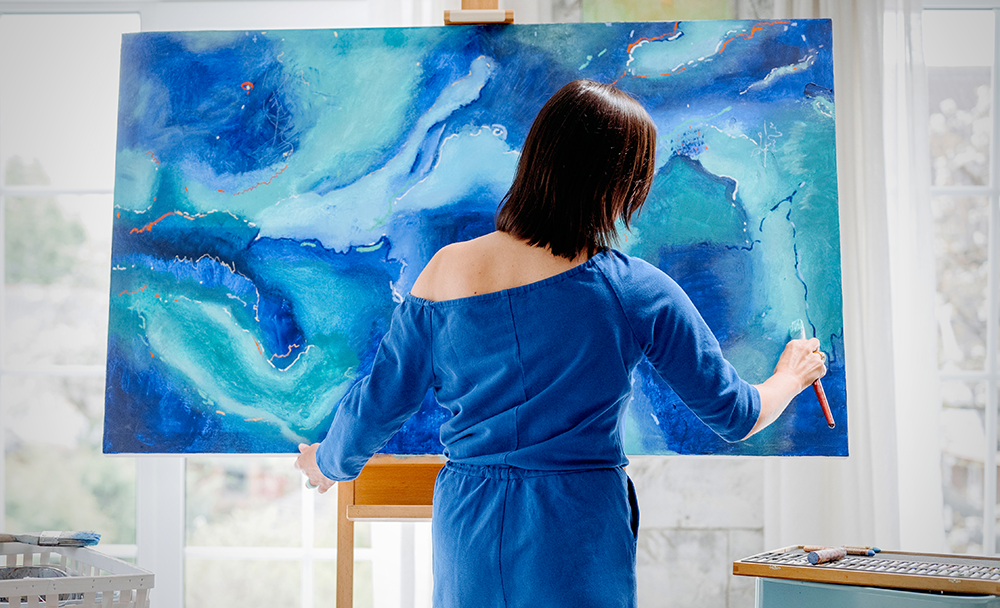

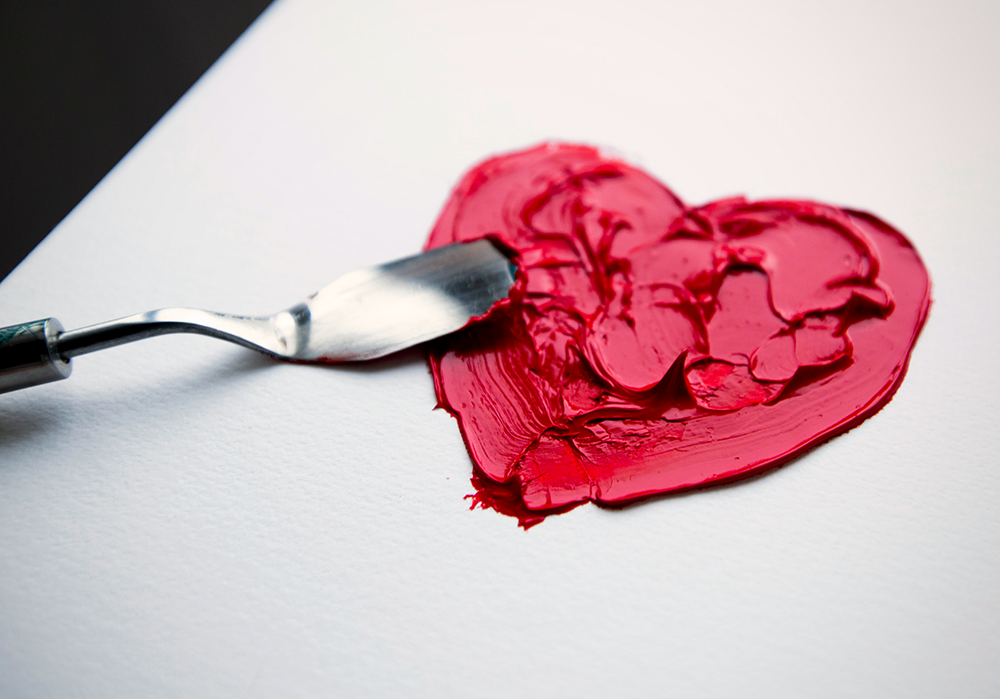
Does Paint Type Matter?
The first step in choosing the perfect paint color is to decide on a paint type. Different types of paint have different qualities, so it's important to take this into consideration when selecting a color.
Most artists prefer acrylic, oil, or watercolor paints because they offer more control over the finished product, but you can also find gouache, tempera, and spray paints.
Acrylic and oil paints are thicker, which allows for heavier paint brush strokes and more vibrant colors.
Watercolor provides a softer look with more subtle hues, while spray paint creates a unique effect with their bright, eye-catching tones.
No matter what type of paint you choose, make sure you have a good quality set.
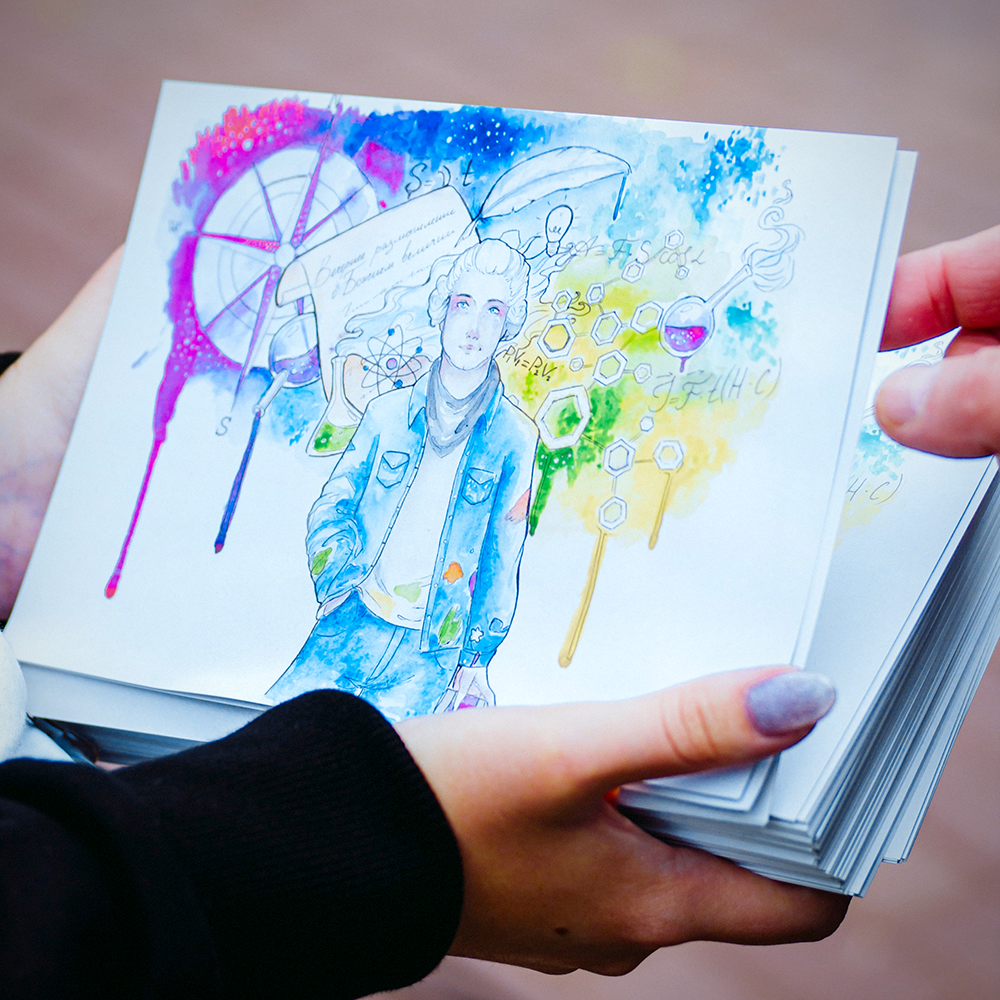
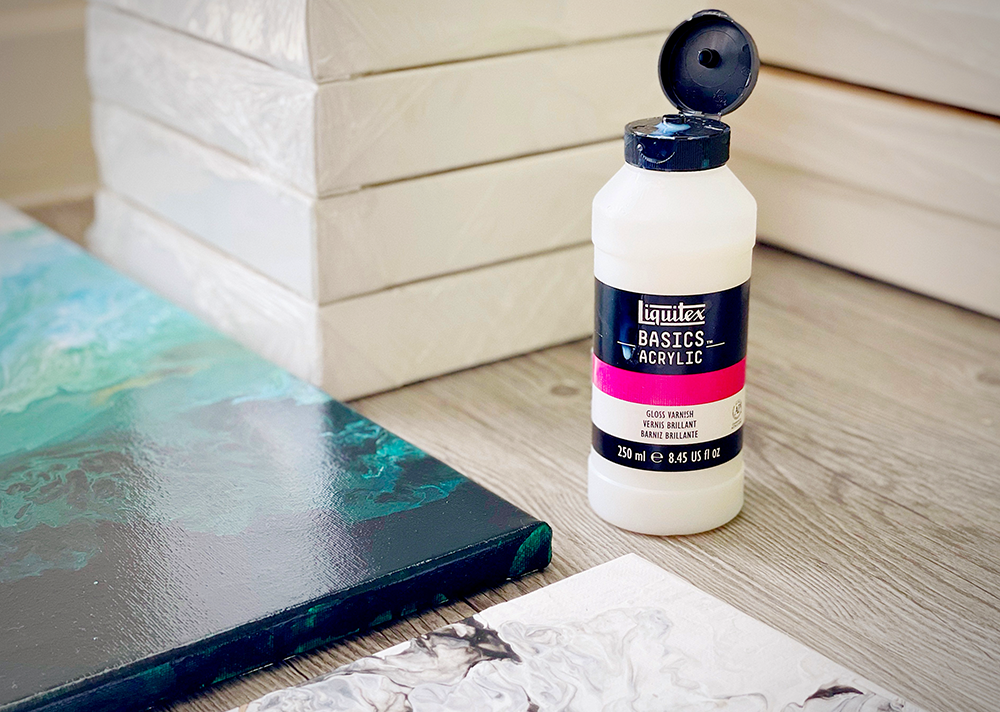
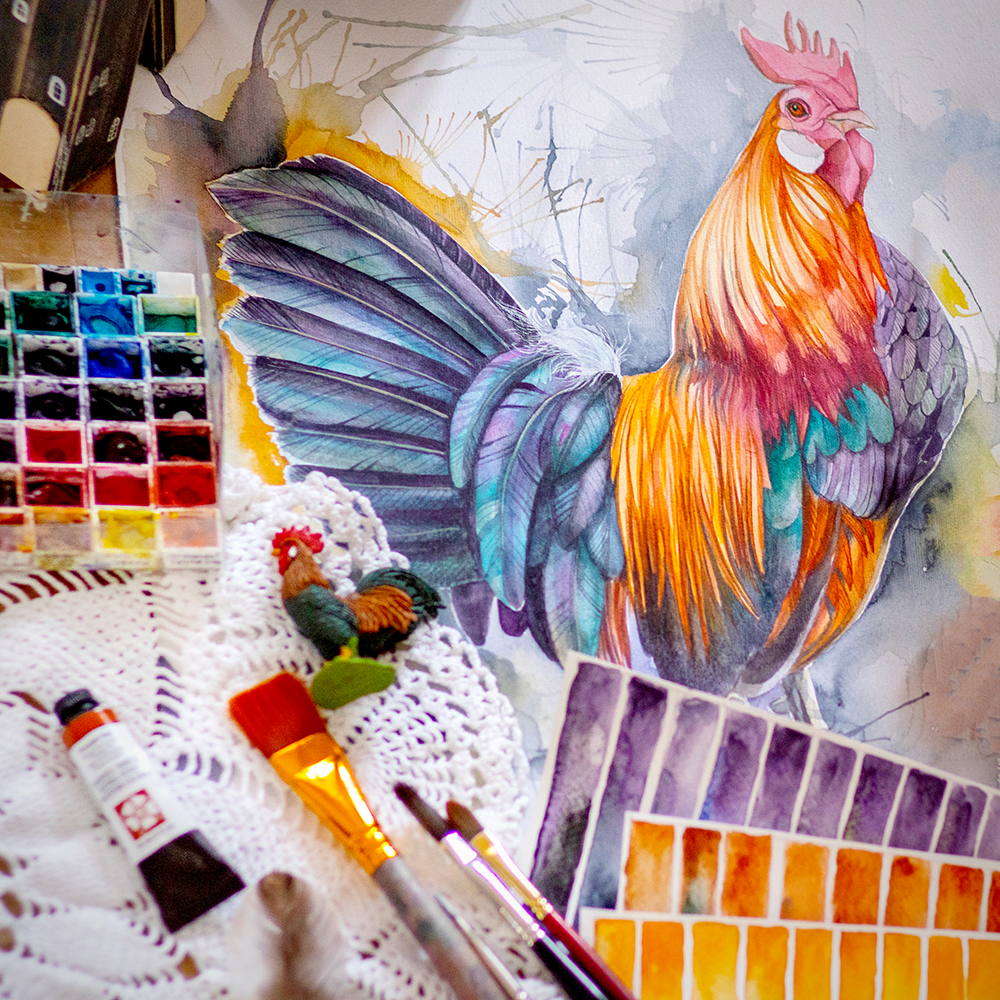
Consider Buying a Paint Set
It's a good idea to purchase a paint set for your painting projects.
These sets usually have a variety of colors, which makes it easy to find the right shades for your artwork.
Plus, they often come with other supplies like brushes and mixing trays, which are essential for creating beautiful pieces of art.
Once you have your paint set, you can start experimenting with color combinations.
You can also purchase individual tubes of paint if you don't need a full set.
There are a wide variety of choices at your local paint store or online; you can even find paint swatches for some hues.

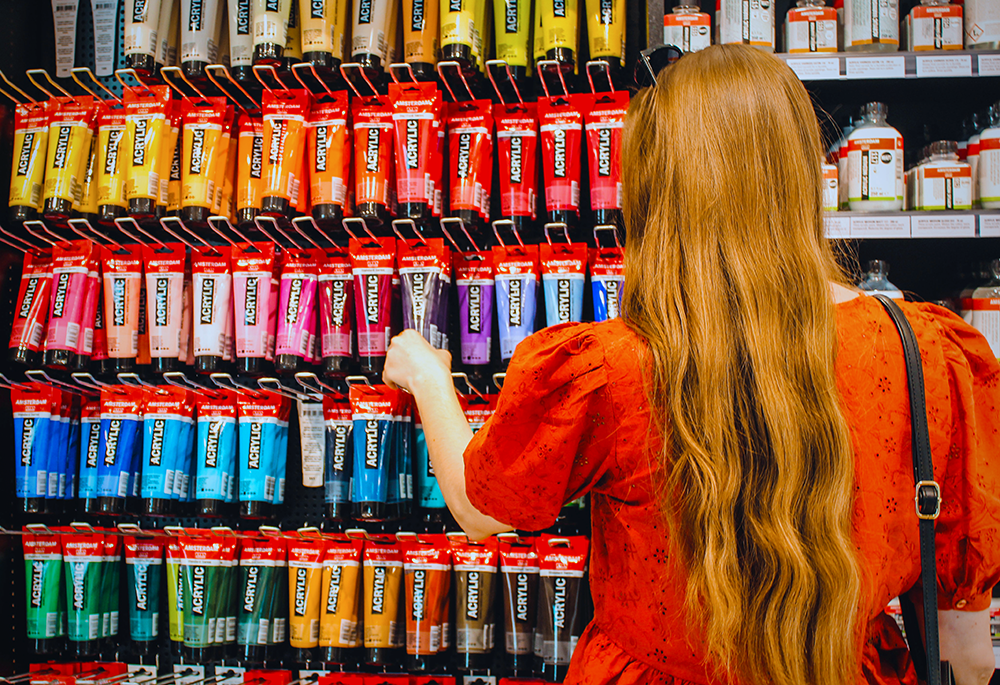
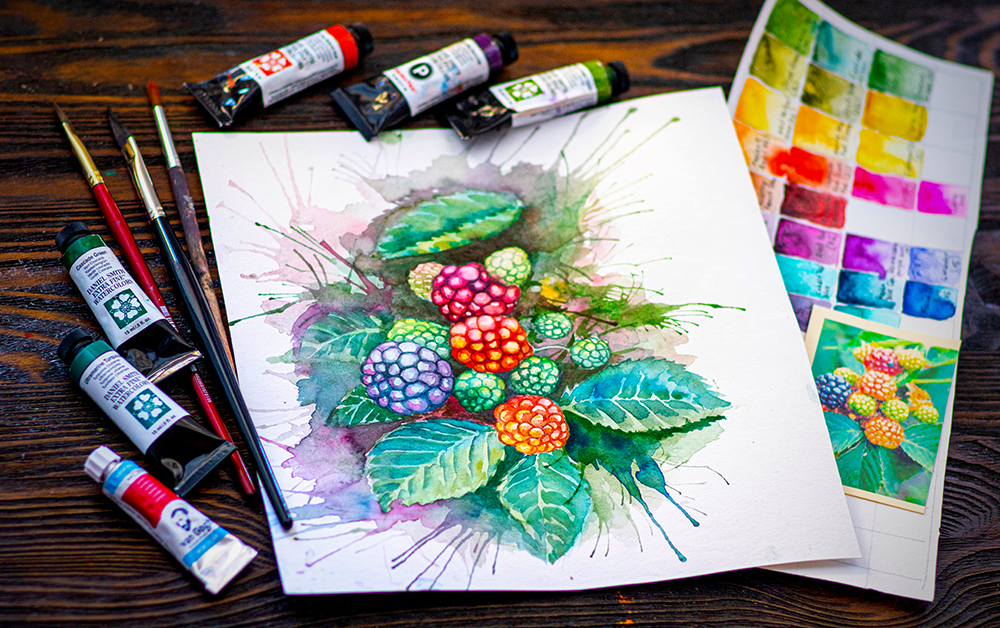
How to Mix Colors
While paint sets are great, they might not have the exact hue you want.
Mixing colors is an important part of painting, and it can be a great way to create unique shades for your artwork.
Mixing two primary colors (red, yellow, and blue) will give you a secondary color, while mixing a primary color with a secondary color will result in a tertiary shade.
There are all sorts of color combinations you can experiment with; mixing in white, black, or gray will produce tints, shades, and tones.
It's also possible to mix complementary colors, such as purple and yellow, to create a new hue; mixing complementary colors will lessen the intensity of your paint color.
You can even mix metallic paints with regular colors to create interesting visual effects.
When mixing colors, start with a small amount of paint on a palette and slowly add more until you achieve the desired shade.
Remember, it's easier to add than subtract when mixing colors!
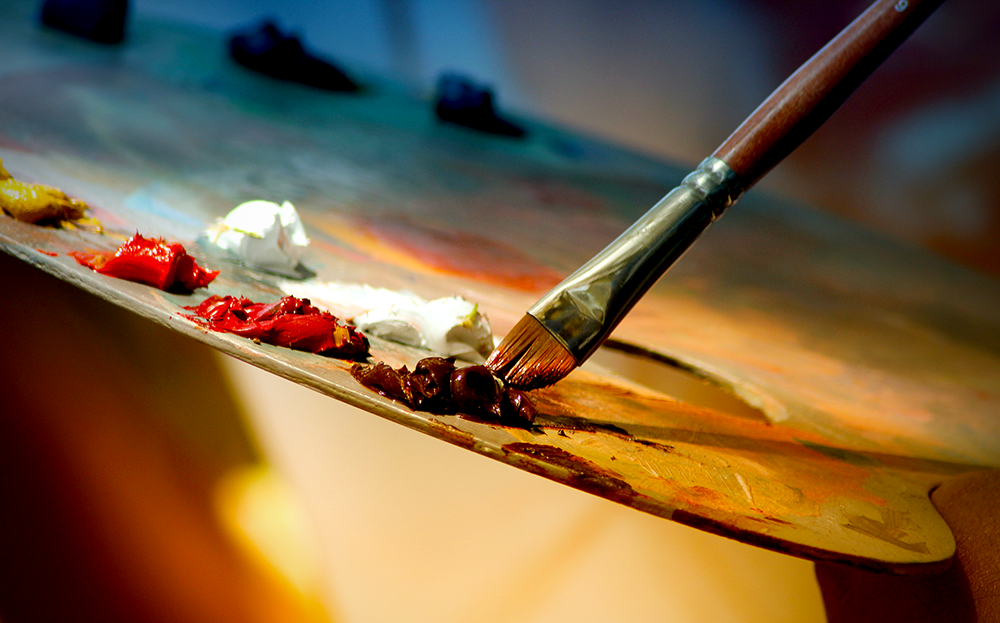
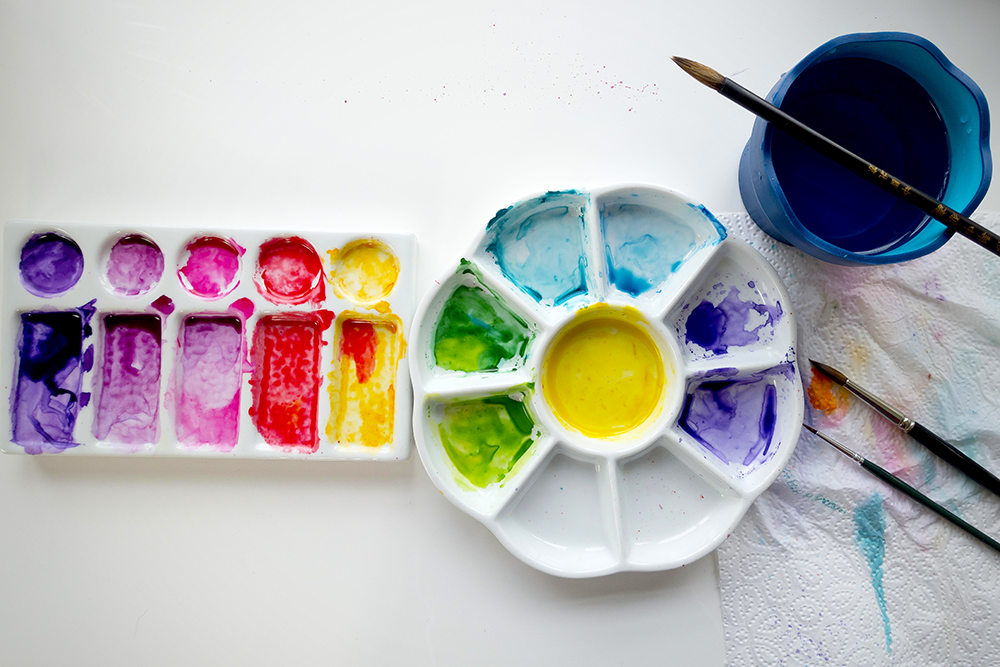

Try Different Color Combinations
When it comes to painting, the color palette you choose can make or break your artwork.
Experiment with different color combinations to ensure a cohesive painting; also consider your lighting because natural light versus artificial light can drastically alter the look of your painting.
Natural lighting is the best kind, but different lighting sources can also have a big impact on the colors in your painting.
For example, warmer colors like red and orange will seem brighter in artificial light, while cool colors like blue and green will seem more vibrant in natural light.
Start by selecting one main hue as the foundation for your painting, and then use different shades and tints to create contrast and depth.
For example, you could choose a deep blue as the base color for your artwork and then add lighter blues, purples, and greens to create a sunset scene.
You can also use the color wheel to help choose colors that will best complement each other.
For instance, you could use the complementary colors of red and green to create a festive holiday painting.
These are just a few of the many ways to combine colors for your artwork.
With some practice and experimentation, you'll be able to create stunning pieces of art with ease!


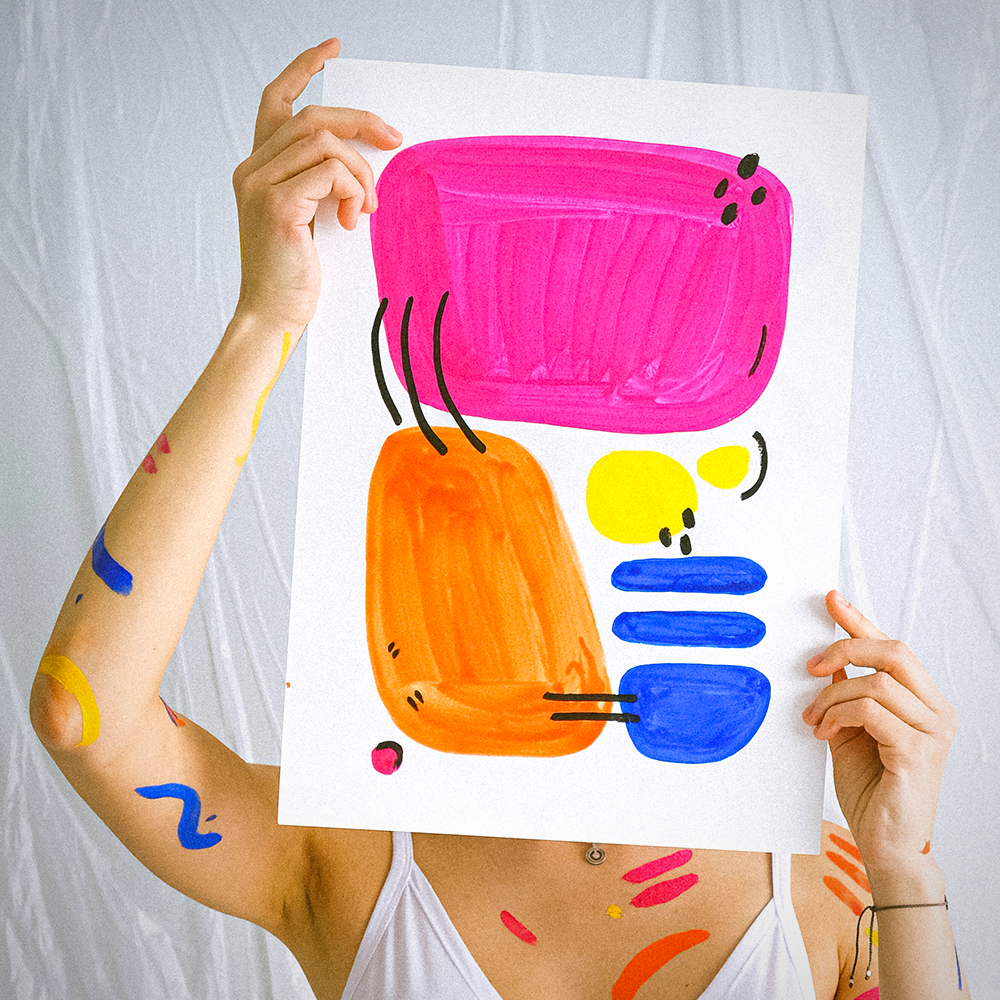
Choose Colors that are Harmonious
One of the most important things to consider when you choose a paint color scheme is how well the multiple colors will complement each other.
You don't want your colors to clash, so it's important to select hues that are harmonious.
A good rule of thumb is to choose three or four colors that are next to each other on the color wheel; these are known as analogous colors.
This will help ensure that your colors flow nicely together.
There are plenty of other color schemes you can use to create beautiful paintings, such as triadic and tetradic.
You can also combine cool and warm colors, or even just stick with shades of the same color!
Darker colors can help provide contrast, while lighter colors can be used to create a more subtle look.
Ultimately, it's up to you to decide which colors look best together, but learning a bit of color theory never hurt!
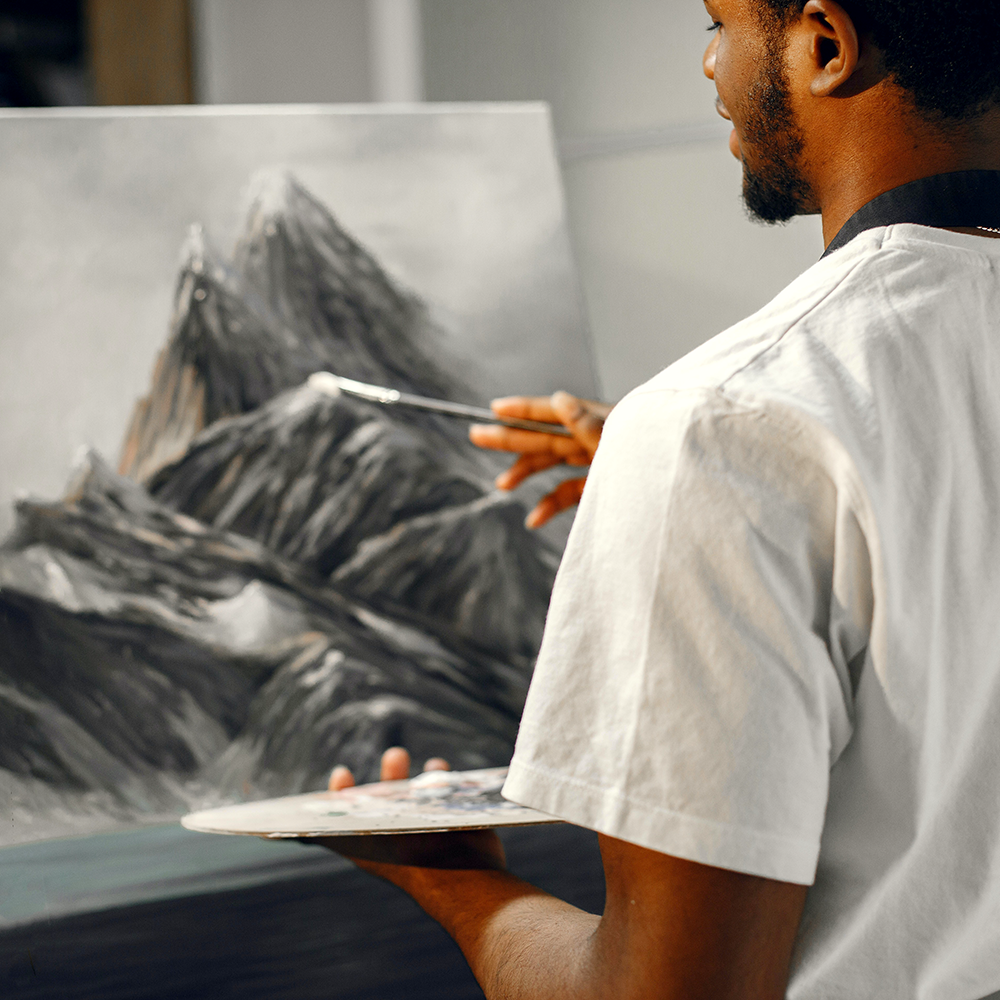

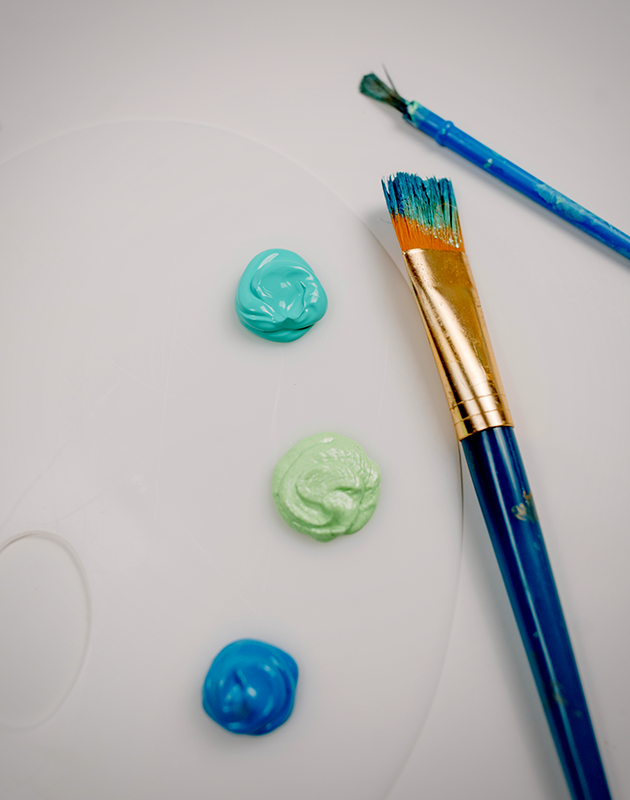
Think About the Desired Mood
Another thing to keep in mind when choosing paint colors is the mood you're trying to create with your art.
Certain colors can evoke different emotions, so it's important to select shades that will help convey the message you're trying to communicate.
For example, if you're hoping to create a calm and serene painting, you might want to stick with cool colors like blues and greens.
On the other hand, if you're looking to make a more energetic piece, warmer colors like reds and yellows might be a better choice.
It's also important to consider the setting of your painting.
For instance, a bright green might look out of place in a winter scene.
Be mindful of the emotion and atmosphere you want to convey in your artwork, and choose colors that will help achieve this.
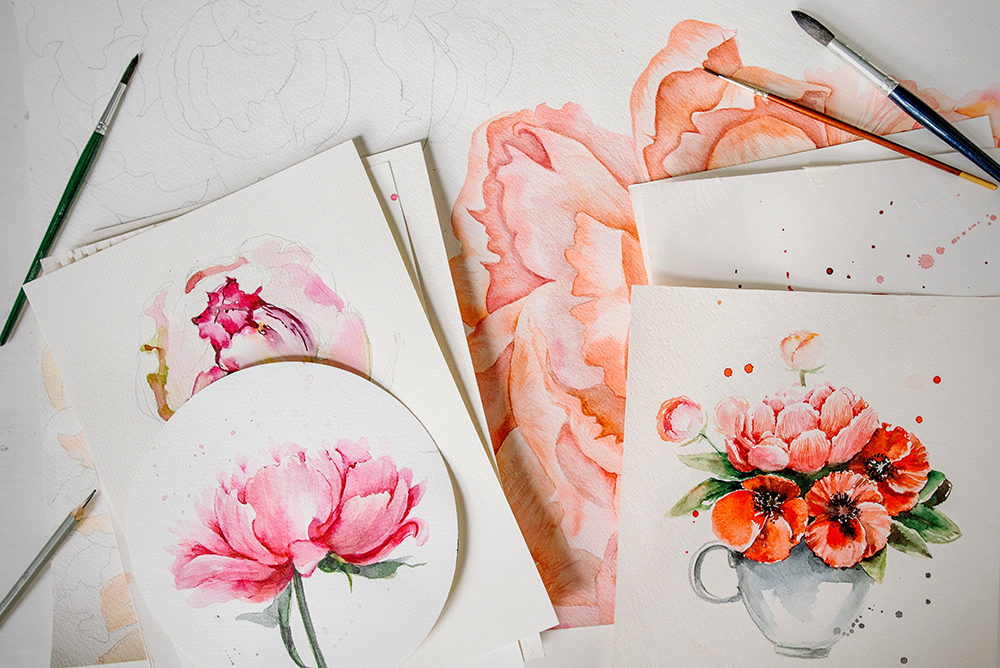
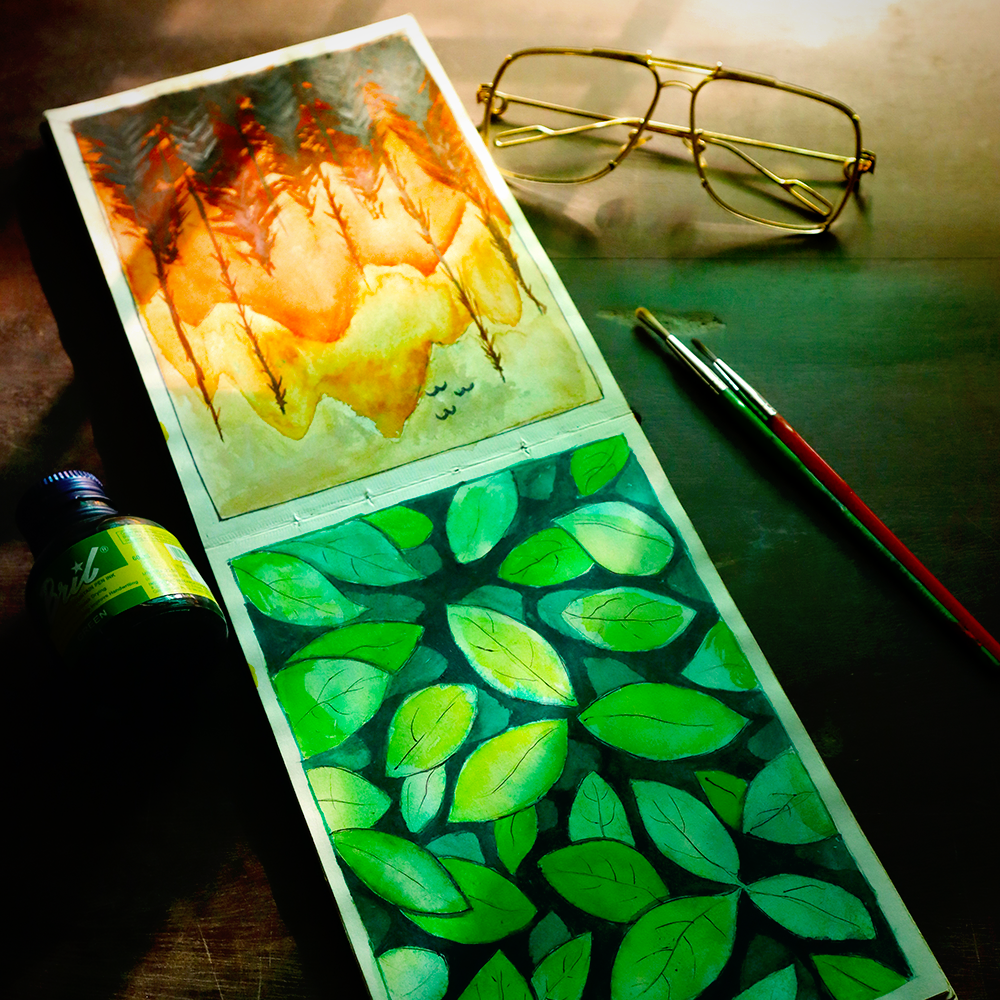
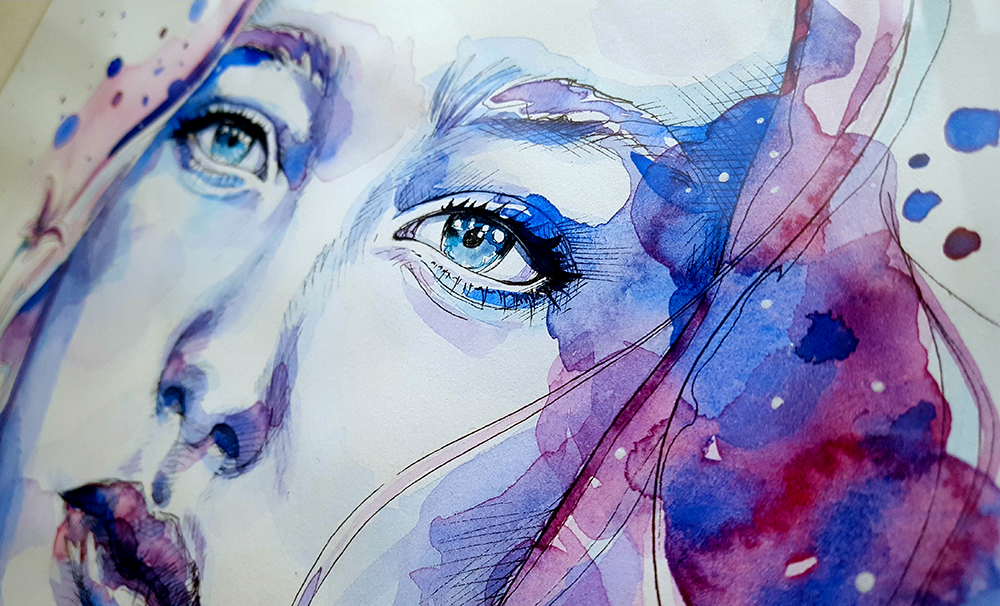
Consider the Subject Matter of Your Painting
Your painting subject matter can also play a role in determining which paint colors you should use.
For instance, if you're painting a nature scene, it would make sense to use colors that are found in nature.
This could include shades of green for trees and grass, blue for the sky, brown for dirt, etc.
On the other hand, if you're painting a cityscape, you might want to use more vibrant colors like oranges and yellows to depict the hustle and bustle of city life.
Be sure to consider the subject of your painting when choosing colors, as this can help ensure that you create a cohesive and balanced work of art.
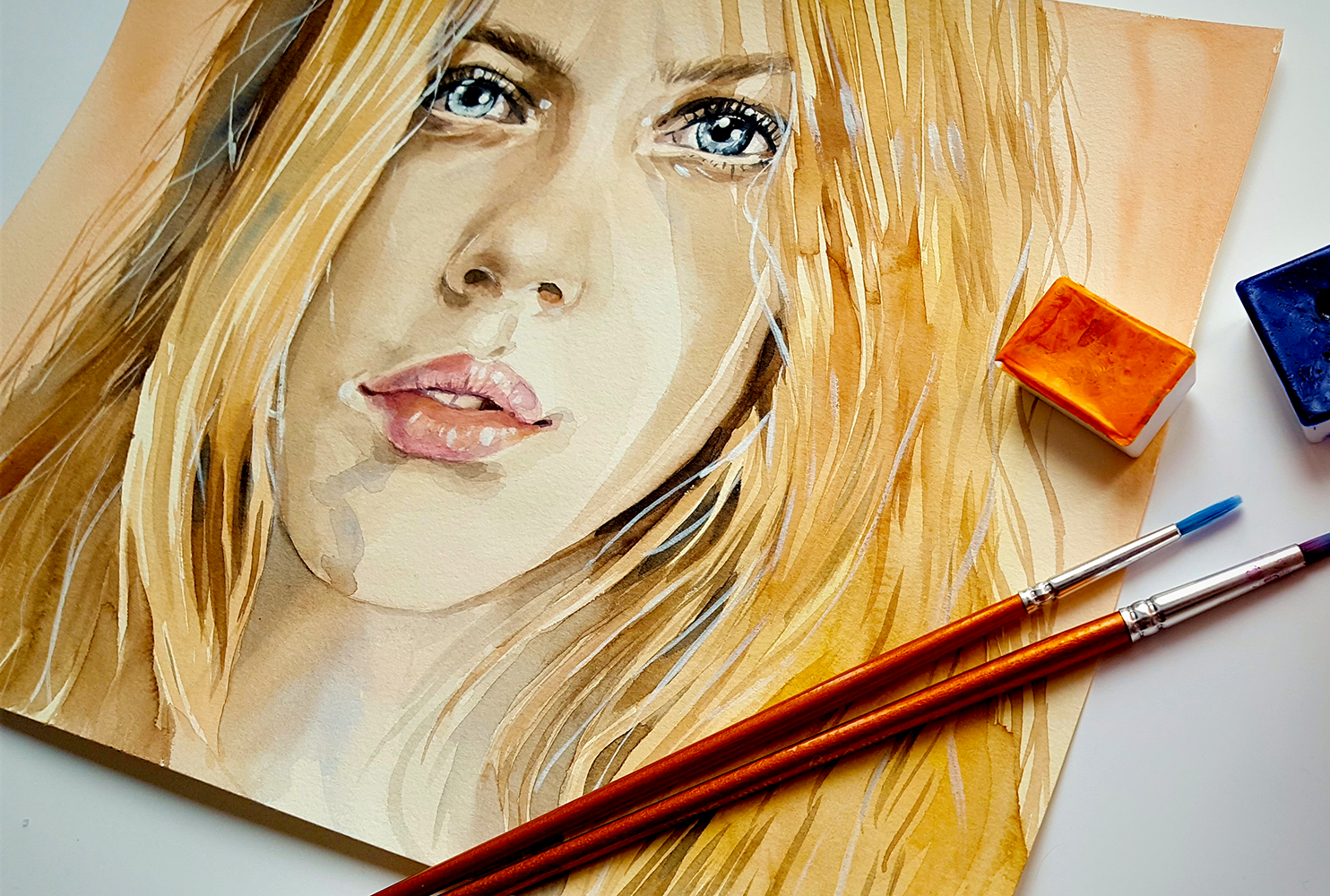
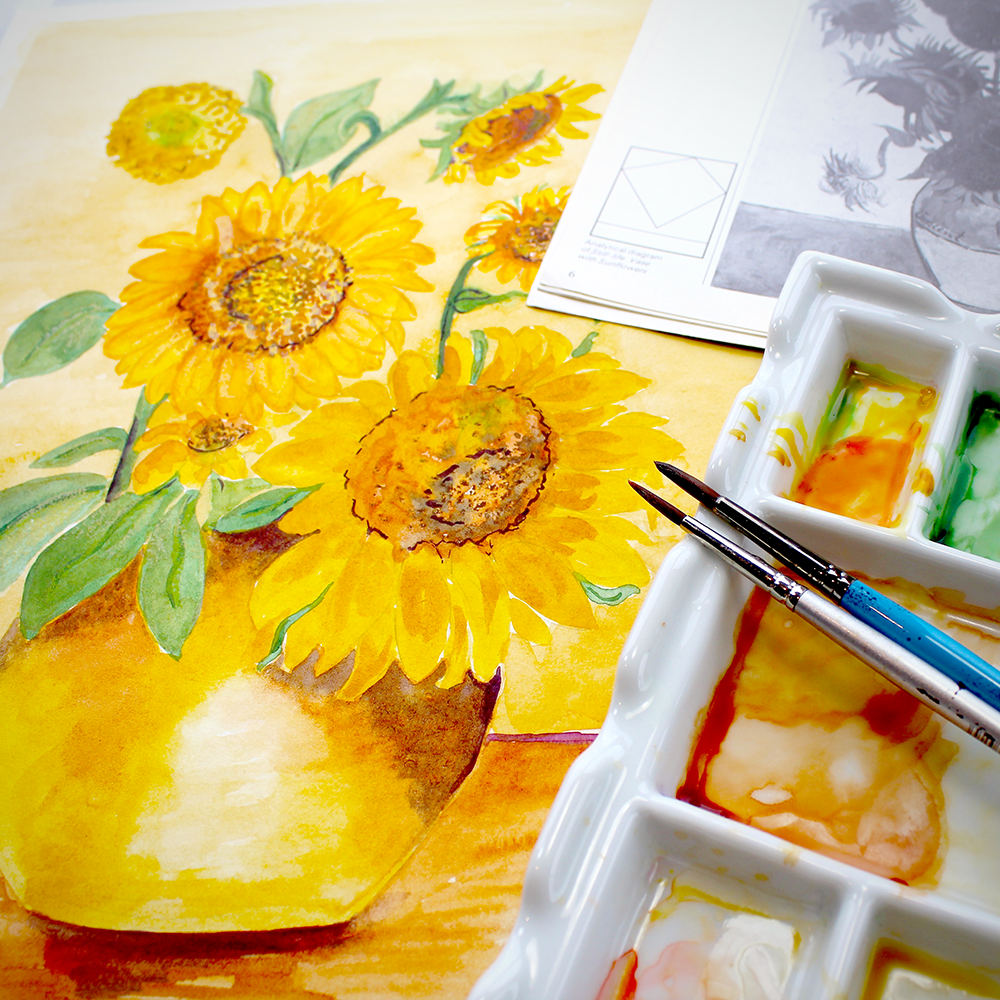
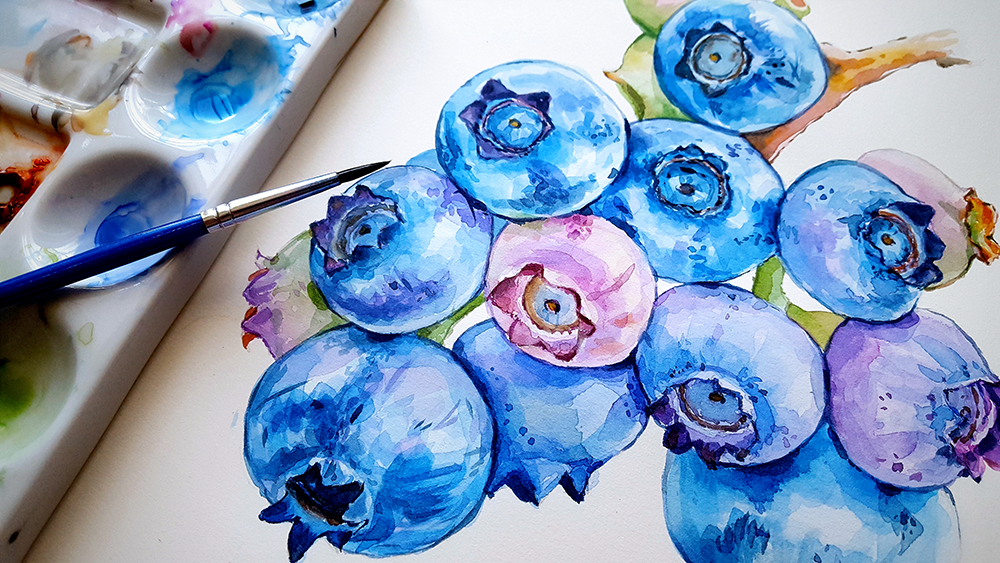
Choosing Your Perfect Paint Colors
Picking the right paint colors for your art can seem like a daunting task, but it doesn't have to be.
Whether you're creating a traditional painting on canvas or a fun mural with interior paint colors on an accent wall or entire wall, you can use colors to bring your vision to life.
By following these simple tips, you can ensure that your next painting project turns out the way you envision it.
These guidelines will help you choose harmonious colors, select hues that evoke the desired mood, and consider the subject matter of your painting.
With these tips in mind, let your creativity take the lead and create a beautiful work of art!
So, go forth, grab your supplies, and start painting!
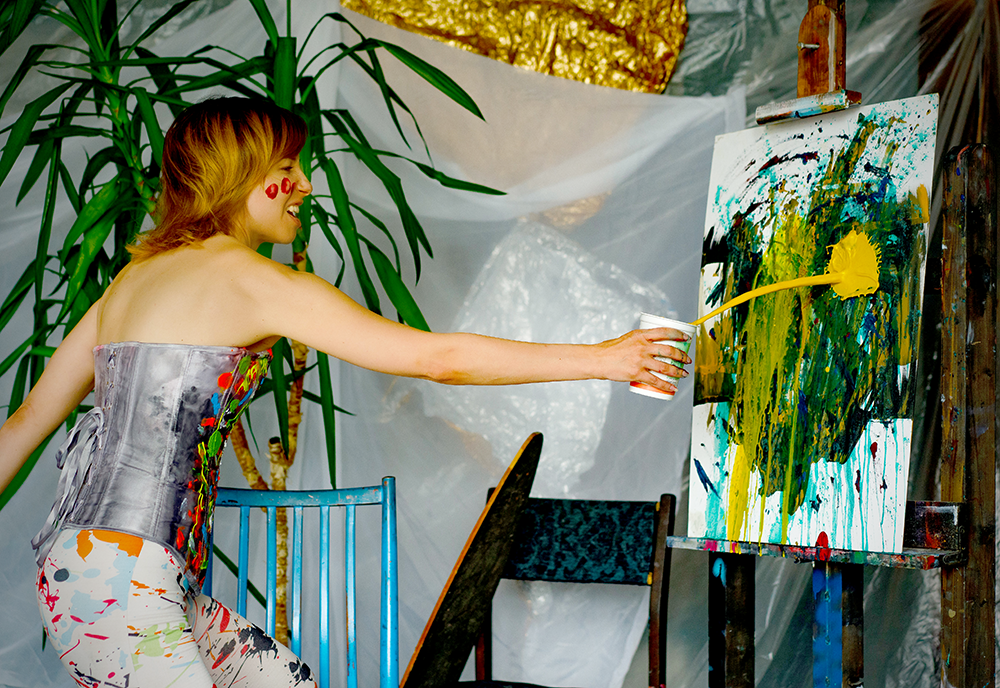
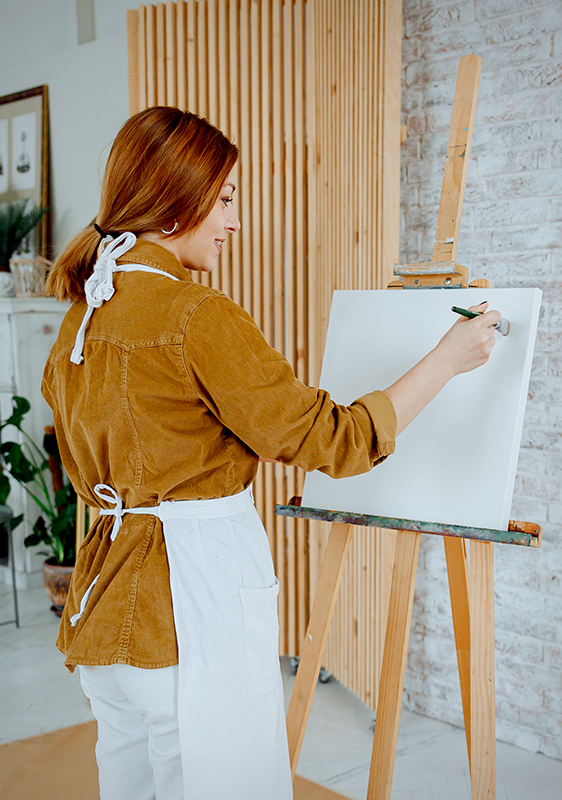
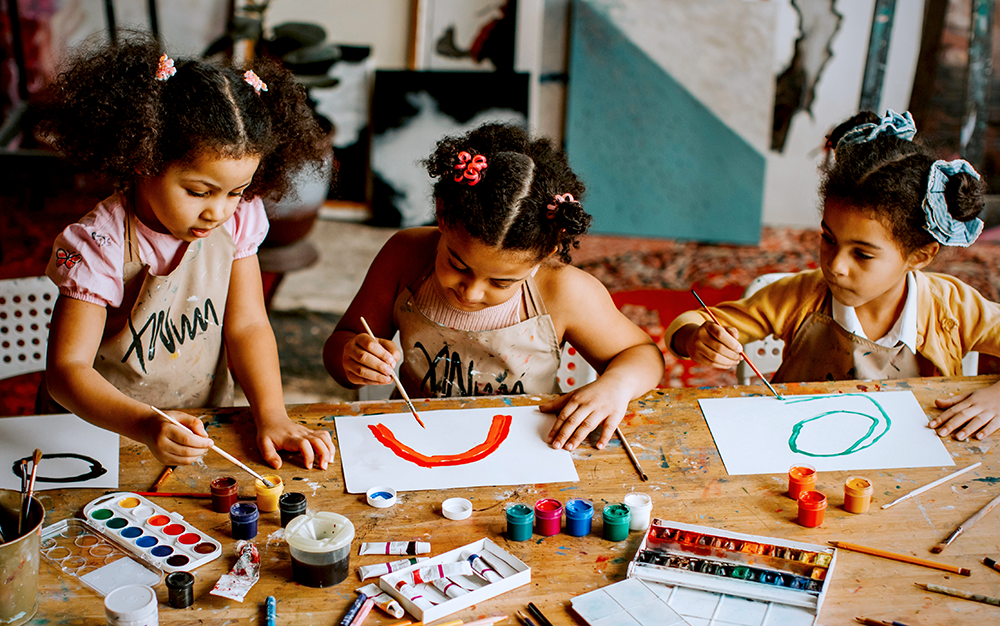
Interested in learning more about painting color palettes? Check out MazArtStudio's video!
Want even more content about creativity and art?
Be sure to check out all of our creative chronicles!
Eager to learn more about painting?
Check out our other painting articles:
And if you need some project ideas, check out these articles:
